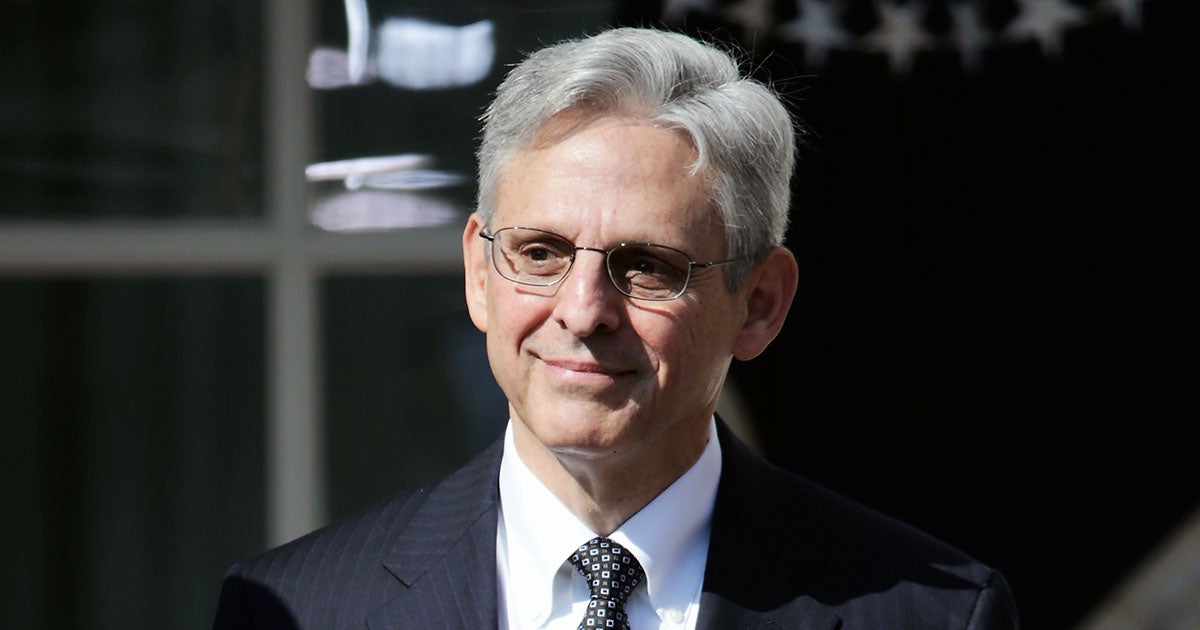Earthjustice goes to court for our planet.
We’re here because the earth needs a good lawyer.
What You Need to Know About Merrick Garland and the Department of Justice
This page was published 4 years ago. Find the latest on Earthjustice’s work.
On March 10, the Senate voted to confirm Merrick Garland to lead the Department of Justice as the nation’s top lawyer. Earthjustice is pleased with Garland’s confirmation, because we need an attorney general who supports environmental enforcement and is committed to addressing racial injustice.
“Judge Garland has shown a relentless commitment to justice throughout his career,” says Sam Sankar, senior vice president of programs at Earthjustice. “We are confident he will ensure that the Justice Department renews its commitment to ensuring that the federal government follows the law and enforcing the law on behalf of everyone in the country.”
Garland is a smart choice for attorney general in this time of political unrest and environmental crisis.
- Garland has served on the U.S. Court of Appeals for 24 years. He was nominated by President Clinton in 1997 and confirmed by the senate with an overwhelming bipartisan majority. Before his 2016 Supreme Court nomination from President Obama, he was shortlisted for the high court by both Republicans and Democrats.
- While Garland’s Supreme Court nomination was obstructed due to political posturing by the GOP, he is respected as an adept legal scholar by lawmakers on both sides of the aisle, which will prove beneficial for restoring the DOJ’s nonpartisan integrity and reputation.
- Garland’s record reflects a respect for both science and the rule of law. His past opinions have served to protect the environmental rulemaking and enforcement authority of federal agencies like EPA — a critical component of our Constitutional separation of powers. As attorney general, Garland will oversee the work of DOJ’s environmental division (more below).
What role does DOJ play in addressing environmental injustices?
- As with any other federal law, the agency is responsible for enforcing our environmental laws. In other words, it’s the Attorney General’s job to hold polluters accountable and defend science-based policy from industry’s deregulatory attacks.
- Among our bedrock environmental laws are the National Environmental Policy Act, Clean Water Act, Clean Air Act, and Endangered Species Act, all of which have proven indispensable for protecting our essential resources, preserving wildlife and their habitat, and shielding communities from major public health threats such as polluting facilities and infrastructure.
- Within DOJ is the Environment & Natural Resources Division (ENRD), an often-overlooked section that defends government actions (e.g. granting the Dakota Access Pipeline permit or issuing a new Mercury and Air Toxics Standards rule) and pursues enforcement cases. The ENRD is the only organization in the U.S. that files more environmental lawsuits than Earthjustice.
While DOJ should be a natural ally for Earthjustice, we have also had to hold them accountable:
- In 2015, we forced DOJ to abandon its defense of federal loan guarantees for a toxic Cargill hog factory. The loans were issued without a full environmental assessment and threatened the treasured Buffalo River Watershed in Arkansas Ozarks.
- In 2020, we successfully challenged the Trump administration’s DOJ over its attempts to meddle in a settlement agreement and block air quality investments for a Detroit-area community that has been devastated by decades of industrial pollution. (Read more about this case in our feature story, Toxic Legacy.)
“Without strong leadership in DOJ, particularly the Environment and Natural Resource Division, the environmental laws that protect our air and water and ensure that our workplaces and communities are safe aren’t worth the paper they are written on,” says Sankar.
